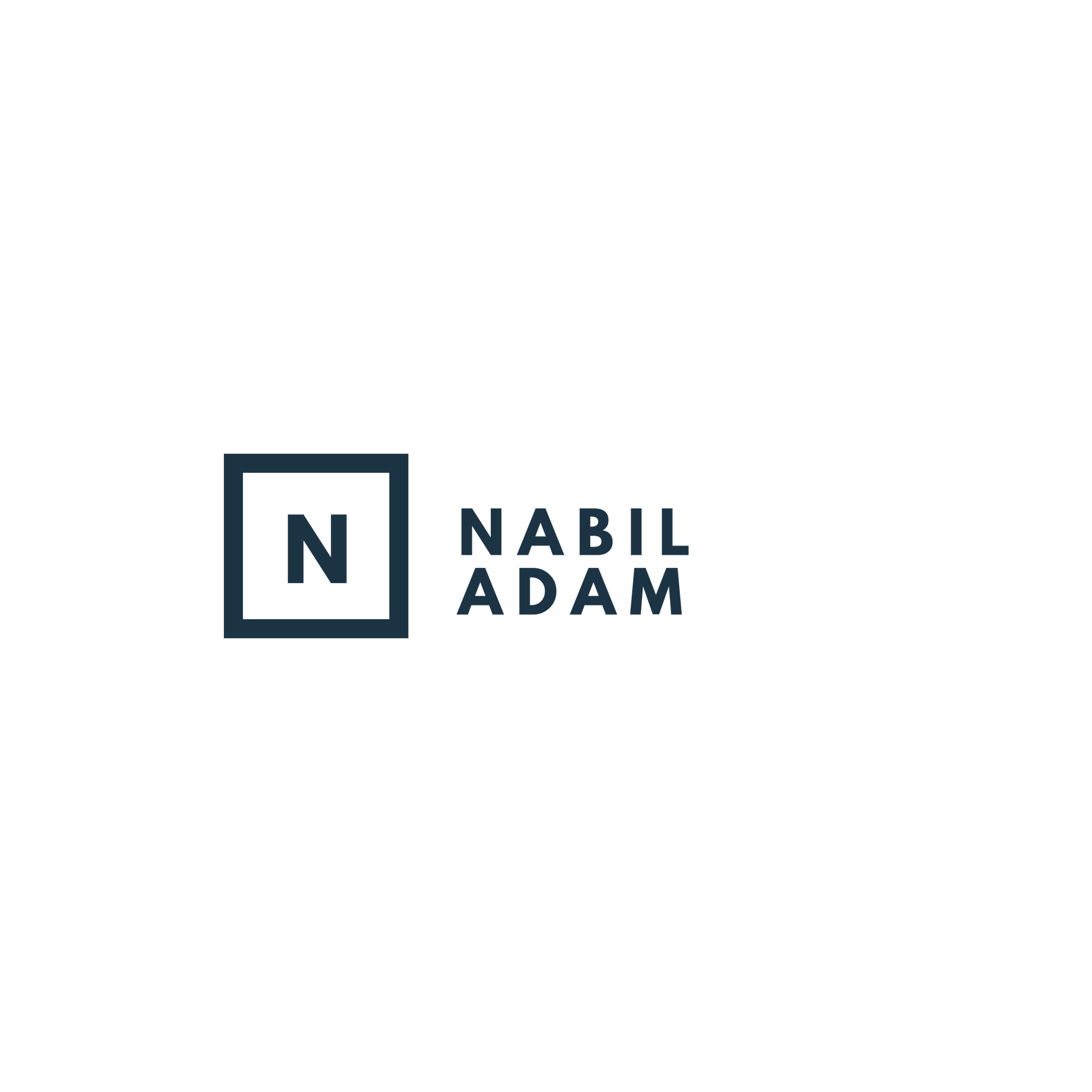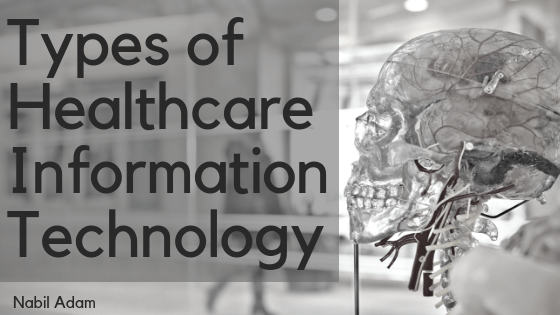Healthcare Information Technology has completely changed the medical industry and transformed patient care all over the world. With technology improving and updating immensely every year, it’s no wonder how vital healthcare information technology has become to ensure exceptional medical care. There have been many advances in healthcare information technology that have lead to the creation of multiple platforms that are used worldwide.
Before we dive into the different types of Healthcare Information Technology (HIT), we first must understand what exactly it’s used for. SelectHub explains, “healthcare information technology improves the quality and effectiveness of healthcare. It promotes individual and public health and increases the accuracy of diagnoses.” HIT also decreases the possibility of error when making a diagnosis or submitting medical bills, which in turn lowers the cost.
There are three categories of Healthcare Information Technology which include Electronic Medical Records (EMR), Electronic Health Record (EHR) and Practice Management (PM). EMR has replaced paper medical records by including all medical information for doctors right at their fingertips. Although EMR ‘s and EHR’s are similar systems, the EHR system is more substantial and gives access to send records, test results, etc., to other EHR systems outside your practice, while EMR does not.
Practice Management software allows you to complete all tasks that fall under the healthcare information technology scope. This all-encompassing software serves as a central location for all administrative and clinical information within the practice. Branching off of Practice Management, there are a few other subcategories of healthcare information technology that help to boost the usefulness of PM even more than it already is.
Patient Portal, Medical Billing, ePrescribing, and Scheduling are four different branches that fall under Practice Management and help to create essential functions within the software. Patient Portal consists of the same information found within EHR or EMR, except it is designed for the patient’s use. The patient will see their diagnoses’, medications, treatments, notes and much more. This is also used as a way for the patients to send their provider messages directly.
The Scheduling system is very closely related to the Patient Portal but specifically, gives patients the ability to handle scheduling and canceling their appointments. ePrescribing has become a very vital part to physicians everyday routine. This system makes it faster and easier for doctors to send prescriptions to pharmacies. Medical Billing has changed the way you receive bills, submit insurance claims and much more. It also relieves the administrative staff from dealing with minor billing issues and queries.
These Healthcare Information systems and constant technology updates and trends are shaping patient care immensely. Each does their part for the administrative and clinical staff, to decrease costs and medical errors and increase patient care.

